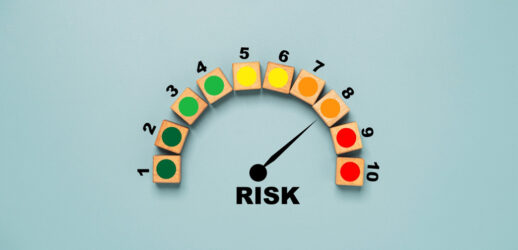March Madness is bringing out the basketball fan in everyone…and providing some inspiration on how to make meetings more efficient. A recent posting on the Harvard Business Review website suggests that the same shot clock used by the NBA and NCAA to quicken the pace of the game could make meetings more efficient.
In the article, Bob Frisch and Cary Greene of Strategic Offsites Group, a Boston-based consultancy, argue that at most meetings, early proposals get debated but those at the bottom of the agenda are often tabled due to lack of time. The shot clock, which was implemented in basketball to discourage teams from passing the ball endlessly without penalty, would be helpful in the workplace because it would guarantee that all agenda topics are addressed, and that time is not wasted going over the same old material.
The Game Plan
Here is how they envision making meetings more efficient. Before the meeting begins, mutually agree upon how much time and discussion should be devoted to each topic on the agenda. Then, set up a “shot clock” (an actual clock or a smartphone notification sound) to buzz loudly when time runs out. People must immediately stop talking when it goes off.
The technique has several appealing features. Impersonal and fair, the device prevents certain individuals from dominating the conversation. It limits the over-analysis of ideas, keeping meetings lively, focused and sharp. It will also make meeting attendees think and speak more succinctly. In the beginning employees may resent being interrupted, however over time they will become skilled at managing the clock and will conclude their remarks before the buzzer sounds.
A Goal of 30-Minute Meetings
In a separate posting on Harvard Business Review, author/consultant Peter Bregman of Bregman Partners discusses the benefits of compressing time. Instead of allocating an hour for a task, he gives it just 30 minutes. He has found that this not only saves him time, but makes him much more efficient.
He applies his concept to everything from talking on the phone to working out at the gym. He has discovered that compressing one-hour meetings down to 30 minutes is a great idea that saves everyone time and money. He notes that it puts everyone into high gear—attendees arrive on time and don’t waste precious seconds chitchatting. People put more thought into what they say, and are better listeners because when conversation moves quickly, they have to be more alert. They are also more likely to come arrive prepared because they must get right down to business.
Bregman has discovered that the self-imposed time constraint enhances focus and makes meetings more powerful. He advises those who want to try 30-minute meetings to begin on time, even if certain individuals have not arrived. Stay on topic and make decisions to generate forward momentum. Save the final five minutes of the meeting to summarize key points and clarify next steps.




